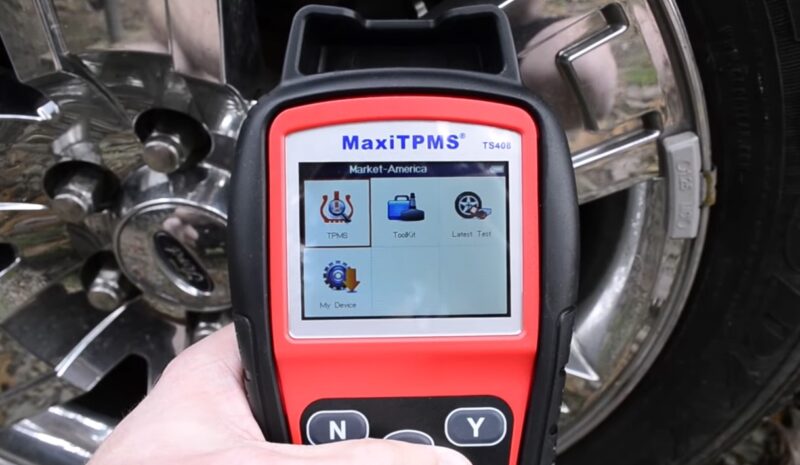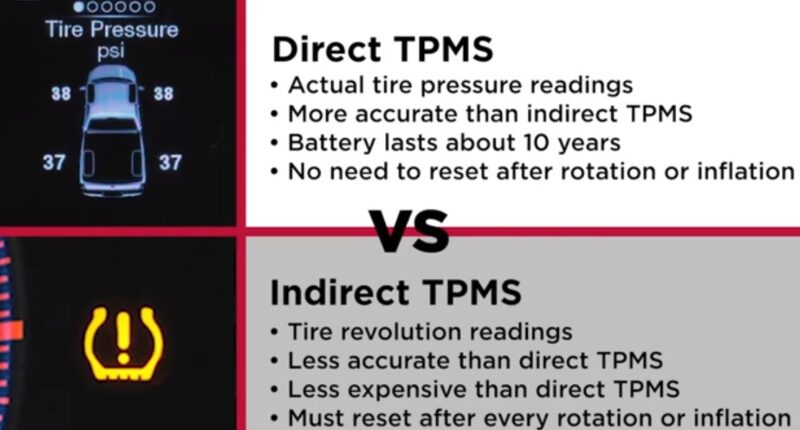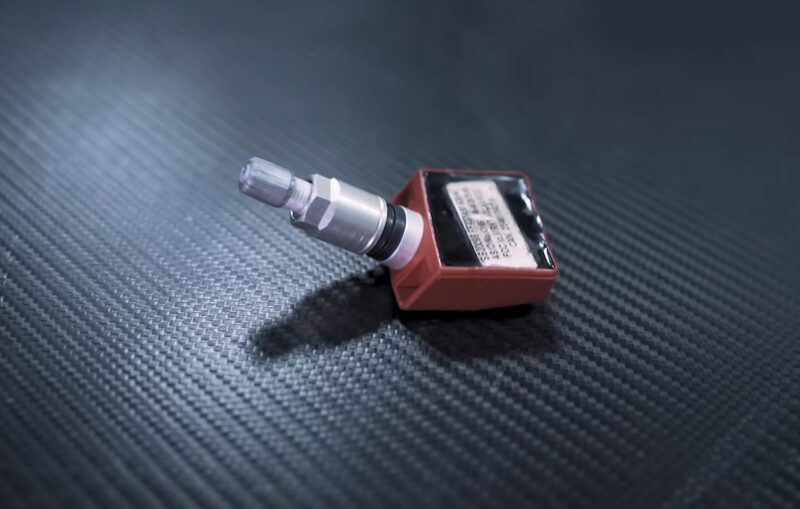In today’s automobiles, technology has integrated deeply into every nook and cranny. One such integration is the Tire Pressure Monitoring System (TPMS), a crucial safety feature in modern vehicles. Its primary role?
To inform drivers if one or more tires are under-inflated. However, after fixing the tire pressure, you might notice that the warning light still lingers on your dashboard. If you’ve ever found yourself in such a situation, this guide is for you.
What is the TPMS?
Before diving into the resetting procedures, it’s essential to grasp the essence of the TPMS. At its core, the TPMS is a real-time monitoring system that uses sensors to track tire pressure. If the pressure in any tire falls below the manufacturer-recommended level, the system triggers an alert, usually in the form of an illuminated icon on the dashboard.
- Direct TPMS: This system uses pressure sensors installed inside each tire to measure the actual air pressure. If the pressure drops below the set threshold, the sensor sends an alert to the car’s computer system, triggering the warning light.
- Indirect TPMS: Instead of pressure sensors, this system utilizes the car’s Anti-lock Braking System (ABS) wheel speed sensors. If a tire’s pressure decreases, its diameter changes slightly. The system detects this variation and lights up the warning.
Reasons to Reset the TPMS Light
Why would you need to reset the TPMS light? Here are some common scenarios:
- Refilling Tires: After addressing the under-inflation, the light might not go off automatically.
- Tire Rotation or Replacement: The system might need recalibration after these procedures.
- Seasonal Temperature Changes: Cold temperatures can decrease tire pressure, causing the light to come on. Once temperatures stabilize and tires are adjusted, the light may remain.
- Sensor Issues: Sometimes, the sensors themselves might malfunction, necessitating a reset.
Steps to Reset the Tire Pressure Light
Resetting the TPMS light can vary depending on the make and model of the vehicle. However, here’s a generalized procedure:
Manual Reset
- Start the Engine: Turn on the vehicle but don’t start driving.
- Locate the TPMS Reset Button: Often found under the steering wheel, but your vehicle’s manual will provide the exact location.
- Press and Hold: Press the reset button until the TPMS warning light blinks three times.
- Wait: After releasing the reset button, wait for a few minutes. If the light doesn’t return, the reset is successful. If it does, there might be a sensor issue, or the tire pressure is still incorrect.
Inflate & Deflate Method
- Check Pressure: Ensure all tires are inflated to the recommended PSI.
- Turn on Ignition: Without starting the engine, turn the key to the “ON” position.
- Deflate Each Tire: Release air from each tire for 5-10 seconds. Do this for all tires, including the spare.
- Wait: The TPMS light should start blinking.
- Re-inflate Tires: Immediately bring all the tires back to the recommended PSI.
- Drive: Sometimes, driving the car for about 10 minutes at a speed over 15 mph can reset the system.
Using a Scan Tool

For vehicles that don’t have a reset button or for more complex issues, a TPMS scan tool can be indispensable. This is how you’d use one:
- Connect the Tool: Plug the scan tool into the car’s OBD II port.
- Navigate the Menus: Select the “TPMS” option.
- Select Your Vehicle: Input or select the make, model, and year of your vehicle.
- Choose ‘Reset’: Follow on-screen instructions to reset the TPMS system.
- Disconnect the Tool: Once done, safely disconnect the tool.
After the Reset
After you’ve successfully reset the TPMS:
- Regularly Check Tire Pressure: Don’t solely rely on the TPMS. Make it a habit to check the tire pressure manually.
- Monitor the TPMS Light: If it comes back on shortly after a reset, there might be a deeper issue, like a faulty sensor or a leak.
- Professional Check: If you’re unable to reset the light or if it comes on frequently, it’s wise to have professionals inspect the system.
Preventive Measures
Prevention, as they say, is better than cure. To avoid the hassle of having to reset the TPMS light often:
- Monthly Checks: Regularly check tire pressures even if the TPMS light doesn’t come on.
- Tire Maintenance: Keep up with tire rotations and alignments.
- Monitor Tire Health: Old or damaged tires can lose pressure more quickly. Replace them when necessary.
- Know the Impact of Temperatures: Cold weather can decrease tire pressure, so adjust accordingly in different seasons.
FAQs

What is the primary difference between Direct and Indirect TPMS?
The main difference lies in their monitoring approach. Direct TPMS uses pressure sensors inside each tire to measure the actual air pressure, while Indirect TPMS relies on the car’s Anti-lock Braking System (ABS) wheel speed sensors. It detects changes in tire diameter, which might be due to variations in pressure, to trigger the warning light.
Why might my TPMS light remain on even after I’ve refilled my tires?
Several reasons can cause this. It could be due to a system needing recalibration after tire rotation or replacement, seasonal temperature changes affecting tire pressure, or potential sensor malfunctions.
Do all vehicles come with a TPMS reset button?
No, not all vehicles have a dedicated TPMS reset button. The location and presence of this button can vary depending on the make and model of the vehicle. If you’re unsure, it’s best to refer to your vehicle’s manual.
If I can’t find a reset button or if the manual reset doesn’t work, what should I do next?
You can try the Inflate & Deflate Method mentioned in the guide. If that doesn’t work, using a TPMS scan tool, which plugs into the car’s OBD II port, is another effective method. If all else fails, consider seeking professional help.
Is there any harm in frequently resetting the TPMS light?
While resetting the TPMS light in itself isn’t harmful, frequently needing to reset may indicate an underlying issue with the tires or the TPMS system. It’s essential to investigate the root cause to ensure safety.
Can I solely rely on the TPMS for tire safety?
While the TPMS is a valuable tool for monitoring tire pressure in real-time, it’s advisable not to rely solely on it. Regular manual checks and tire maintenance are essential for overall tire health and safety.

Conclusion
The TPMS is an invaluable tool for ensuring the safety and efficiency of your driving experience. However, like all technology, it might need occasional adjustments or resets. Understanding how to reset the tire pressure light can save you time, effort, and perhaps even money.
Always remember, while the TPMS is a helpful tool, nothing replaces the importance of manual checks and regular tire maintenance. Safe driving!
